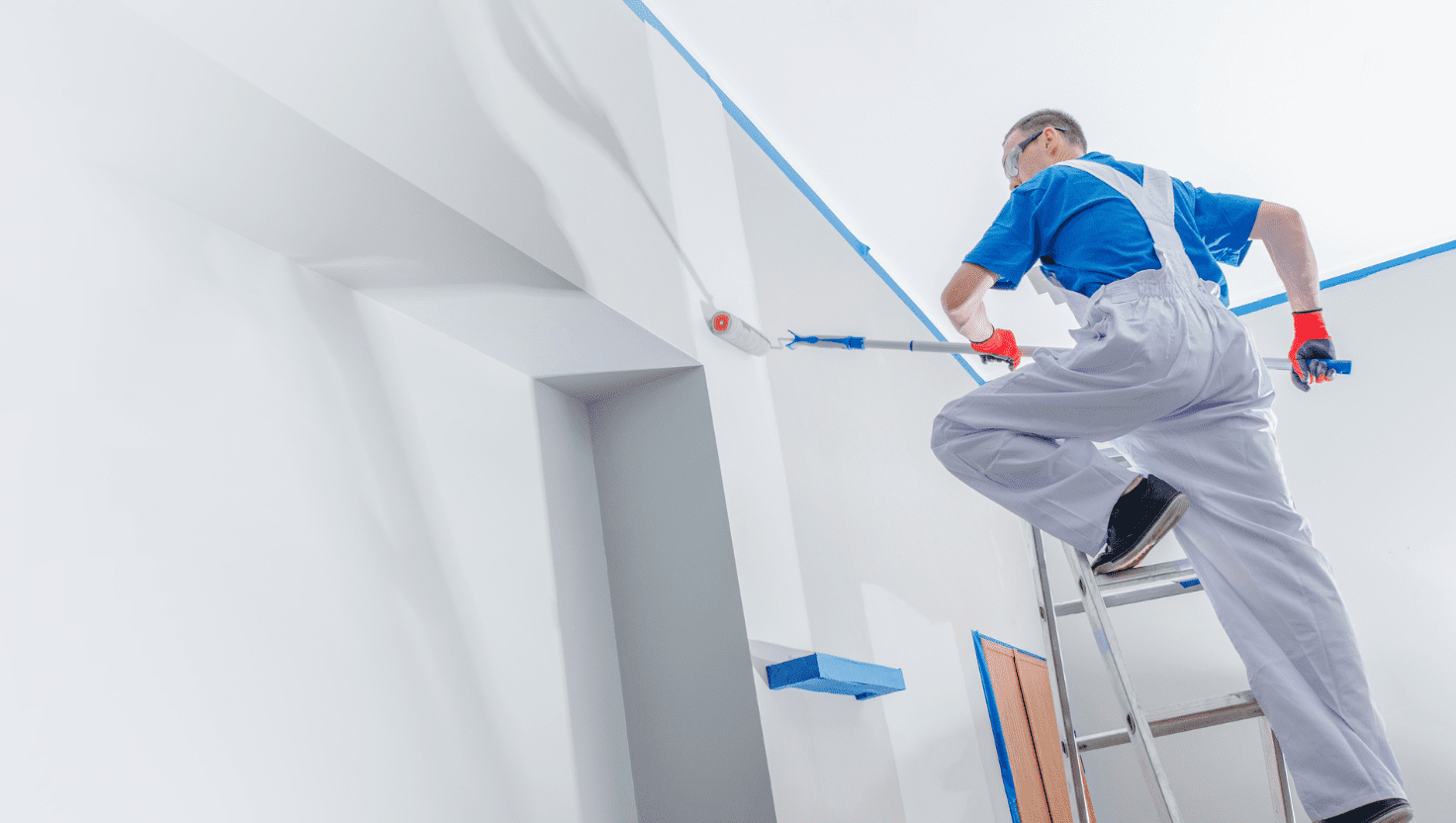Painting your home not only adds aesthetic appeal but also protects against the elements. Weather-resistant paint is crucial for maintaining the longevity of your home’s exterior. No matter where you live, Contrast Painting is here to show you how to choose the right paint and apply it correctly, for a bright and durable home.
Protecting Your Home with Paint
Perth’s weather requires careful consideration when maintaining a weather-resistant home. Let’s explore essential tips for painting weather-resistant homes to ensure longevity and satisfaction.
Choose the Right Paint
The foundation of a durable exterior paint job is the paint you choose. Opt for high-quality, weather-resistant paints designed to withstand various climatic conditions.
- UV Resistance: Exposure to the sun’s ultraviolet (UV) rays can cause fading, chalking, and degradation of the paint film. To battle Perth’s abundant sunshine, look for paints explicitly mentioning UV resistance in their specifications. High-quality exterior paints often incorporate UV stabilisers or pigments that resist the damaging effects of prolonged sun exposure.
- Moisture Resistance: Moisture is a significant threat to the integrity of exterior paint. Choosing a paint that effectively repels water in regions with high humidity or frequent rainfall is crucial. Moisture-resistant paints create a barrier that prevents water from seeping into the underlying surfaces, reducing the risk of mould, mildew, and paint blistering. Acrylic paints, in particular, are known for their excellent moisture resistance.
- Temperature Extremes: Homes in areas with extreme temperatures, whether intense heat or severe cold, require paints that can expand and contract with the changing temperatures. Elastomeric paints, formulated with flexible polymers, are designed to stretch and contract without cracking, making them an excellent choice for climates with significant temperature variations.
- Durability and Longevity: Weather-resistant paints should be durable and provide long-lasting protection. When researching paints, consider their expected lifespan and durability in challenging conditions. High-quality paints often have a warranty, indicating the manufacturer’s confidence in the product.
- Mildew and Fungal Resistance: In areas with high humidity or frequent rain, mildew and fungi growth on exterior surfaces can be a concern. Look for paints that contain mildewcides or fungicides to inhibit the growth of these organisms.
- Advanced Formulations: Advances in paint technology have led to formulations that offer superior weather resistance. These formulations may include additives for enhanced adhesion, improved colour retention, and increased resistance to environmental pollutants.
- Apply Multiple Coats: Applying multiple coats of paint adds an extra layer of protection. Follow the manufacturer’s recommendations regarding the number of coats required for optimal performance.
Prep Your Services
Adequate surface preparation is crucial for the paint to adhere properly and withstand the elements.
- Cleaning Surfaces: Before applying any paint, starting with a clean surface is essential. Exterior surfaces accumulate dirt, dust, pollen, and other contaminants over time. Washing the surfaces thoroughly with mild soap and water or a specialised cleaning solution removes these pollutants. Pressure washing is an effective method for large exterior areas, but take care not to damage surfaces.
- Mould and Mildew Removal: Mould and mildew can compromise paint adhesion and lead to unsightly stains. In areas prone to moisture, especially if your home is shaded or has poor ventilation, it’s crucial to address any existing mould or mildew. Use a solution of water and bleach or a commercial mould and mildew cleaner to kill and remove these growths. Allow the surfaces to dry completely before proceeding to the next steps.
- Repairing Cracks and Damages: Cracks, gaps, and surface damage must be addressed before painting. Use a suitable exterior filler or patching compound to repair cracks and holes. Larger gaps may require the use of mesh tape or other reinforcement materials. Pay close attention to areas around windows, doors, and other openings where water intrusion is more likely.
- Sanding Surfaces: Sanding is essential for creating a smooth and even surface texture. Use medium to fine-grit sandpaper to remove any rough spots, imperfections, or old paint that may hinder the adhesion of the new paint. Sanding also promotes better bonding between the surface and the primer or paint. For larger areas, consider using a power sander.
- Priming Surfaces: Once the surfaces are cleaned, repaired, and sanded, it’s time to apply a high-quality primer. The primer acts as a bonding agent between the surface and the paint, promoting better adhesion and extending the life of the paint job. Allow the primer to dry completely before applying the topcoat.
- Choosing the Right Primer: Different surfaces may require specific primers. For example, bare wood surfaces benefit from a wood primer, while masonry surfaces may require a masonry primer. If you’re painting over a previously painted surface, consider the type of existing paint and choose a primer that adheres well to it. Some primers offer additional benefits, such as stain blocking or rust inhibition.
- Filling and Sanding Again (if necessary): Inspect the surfaces for any remaining imperfections after priming. If needed, apply additional filler and sand the surfaces again to ensure a flawless and even texture. This step is crucial for achieving a finish worthy of professionals like Contrast Painting.
- Regular Maintenance: Weather-resistant paint does not eliminate the need for regular maintenance. Inspect your home’s exterior periodically for any signs of wear or damage. Promptly address any issues, such as peeling or cracking, to prevent further deterioration.
Use the Right Tools
Selecting the right tools is crucial to achieving a professional-looking and long-lasting paint job.
Brushes
- Types of Brushes: Different brushes serve various purposes. Invest in high-quality brushes designed for the type of paint and surface you are working with. For example, natural bristle brushes are suitable for oil-based paints, while synthetic brushes are ideal for latex paints. Use angled sash brushes for cutting in and trim work and flat brushes for larger surfaces.
- Brush Quality: High-quality brushes with tightly packed bristles contribute to a smoother finish. Look for brushes with flagged tips, which hold more paint and provide better coverage. Quality brushes are more durable, shed fewer bristles, and offer better control during application.
- Proper Cleaning: Clean your brushes thoroughly after each use to extend their lifespan. For oil-based paints, use appropriate solvents like mineral spirits, while water and mild soap are suitable for cleaning brushes used with latex paints.
Rollers
- Nap Length: The nap length of a roller cover is crucial and depends on the texture of the surface. Use a shorter nap for smooth surfaces and a longer nap for textured or rough surfaces. This ensures proper paint coverage and an even finish.
- Roller Quality: Invest in high-quality roller covers to avoid lint or fuzz transferring onto the painted surface. Quality rollers hold more paint and distribute it evenly, resulting in a smoother application. Replace roller covers as needed to maintain their effectiveness.
- Roller Frames: Sturdy roller frames contribute to the overall stability and control during painting. Adjustable or extendable frames are helpful in reaching high or difficult-to-access areas.
Spray Equipment
- Types of Sprayers: Depending on the size and complexity of your project, you may opt for different types of spray equipment, including airless sprayers, HVLP (high-volume, low-pressure) sprayers, or handheld sprayers. Each type has its advantages and is suitable for specific applications.
- Masking and Protection: When using spray equipment, proper masking and protection are essential to prevent overspray on adjacent surfaces. Cover windows, doors, and other areas not intended for painting, and use drop cloths to protect the ground.
- Thin Paint Appropriately: If using a sprayer, make sure to thin the paint according to the manufacturer’s recommendations. Properly thinned paint ensures smooth and even application through the sprayer.
Additional Tools
- Painter’s Tape: High-quality painter’s tape helps achieve clean and precise lines, especially when working on edges and corners. Use it to protect areas you don’t want to paint, such as window frames and trims.
- Paint Trays and Liners: Sturdy paint trays with disposable liners make the painting process more efficient. Liners can be easily replaced, reducing the cleanup time between colour changes.
- Extension Poles: Extension poles for rollers and brushes are essential for reaching high walls and ceilings without the need for ladders. This not only enhances safety but also ensures consistent coverage.
Consider Contrast Painting
Considering professional help for your painting project can be a wise decision, especially if you are uncertain about the best practices, materials, or techniques for your specific climate. While DIY painting is a viable option for some, there is peace of mind and quality assurance that comes with professional help.
Professional painters are trained in proper painting techniques that contribute to the longevity of the finish. This level of skill is particularly important for weather-resistant paints, as proper application enhances their protective properties.
At Contrast Painting, we have extensive experience working in various climates and pay close attention to details that DIY painters might overlook. We will efficiently manage your painting project to ensure the job is completed within a reasonable timeframe, minimising disruptions to your daily life.
Investing in high-quality materials and professional services will pay off in the long run. We are just waiting to assist you in creating a beautiful and resilient home. So, contact us now to request a quote.







